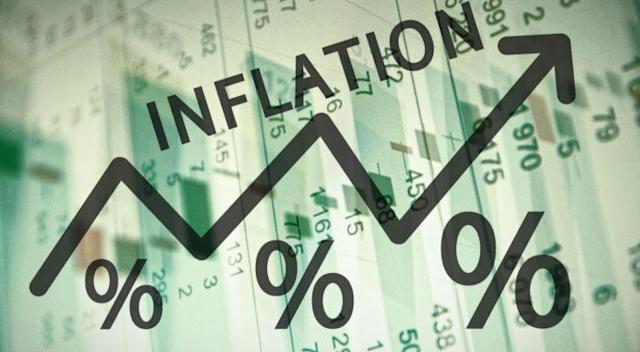MarketWatch
The numbers: The yearly rate of U.S. inflation fell to 8.3% in April to mark the first decline in eight months, but the upward pressure on prices is unlikely to ease rapidly enough to give Americans much relief anytime soon.
The consumer price index rose by 0.3% last month, the government said Wednesday, matching the smallest increase in eight months.
Lower gas prices were the chief reason for the small rise in inflation last month. Oil prices surged after the Russian invasion of Ukraine and then leveled off in April.
The rate of inflation over the past year slowed to 8.3% from 8.5% — the first time it’s declined since last summer. The March reading was the highest since 1981.
Yet the so-called core rate of inflation, which omits food and energy, rose by a stronger 0.6%. Wall Street had forecast a 0.4% increase.
The higher-than-expected increase in the core rate disappointed Wall Street. Stocks turned lower in premarket action and bond rates rose slightly.
The Federal Reserve views the core CPI as a more accurate measure of inflationary trends, but most Americans still pay a large share of their budget for fuel and meals.
The increase in the core rate over the past year slowed to 6.2% from from a 40-year high of 6.5% in March.
Big picture: Is the long-awaited surge in inflation finally over? Not yet, economists say. While most expect prices increases to slow, they say it’s going to take awhile.
For one thing, gas prices are on the rise again ahead of the summer driving season. And lockdowns in China could further disrupt the shipment of critical supplies that American companies need to produce their goods and services.
Many businesses have to pay more for materials and now rising wages are adding to their costs.
The Fed, for its part, plans to jack up U.S. interest rates this year to try to choke off inflation. It’s already raised rates twice this year.
The April CPI report is unlikely to alter the Fed’s newly aggressive strategy to contain price pressures.
Key details: The main reason the inflation rate slowed last month was because of what economists call “base effects”: A 0.6% CPI reading from April 2021 fell out of the 12-month average and was replaced by the 0.3% increase last month.
Base effects alone could bring down the rate of inflation over the summer by several percentage points, economists say.
Inflation is still high, however, and painful for Americans.
Consumers got a temporary break from higher gas prices in April. They fell 6.1% last month. The bad news? Prices are climbing again.
Food prices jumped almost 1% last month. Grocery prices have increased 10.8% in the past year, the biggest surge since 1981.
The cost of rent and housing both rose sharply again in April, putting more pressure on families.
Over the past year the cost of shelter has climbed 5.1% to mark the largest increase in 40 years. Shelter costs account for a third or more of a typical household budget.
Prices also rose last month for new cars, medical care, recreational goods, home furnishings, alcoholic drinks and plane tickets, pointing to a broader increase in inflation.
Airfare jumped 18.6% in April, the biggest increase since the government began tracking those prices in 1963.
The cost of clothing fell for the first time in seven months and used-vehicle prices also declined. But both apparel and used-vehicles cost a lot more now than they did a year ago.
Inflation-adjusted wages, meanwhile, slipped by 0.1% in April. Real earnings have fallen 2.6% in the past year, making it harder for Americans to stretch their money.














